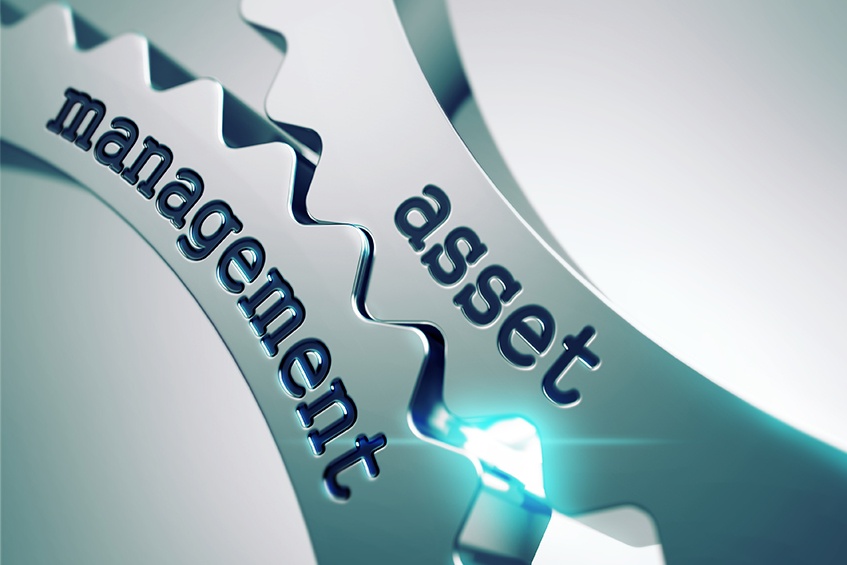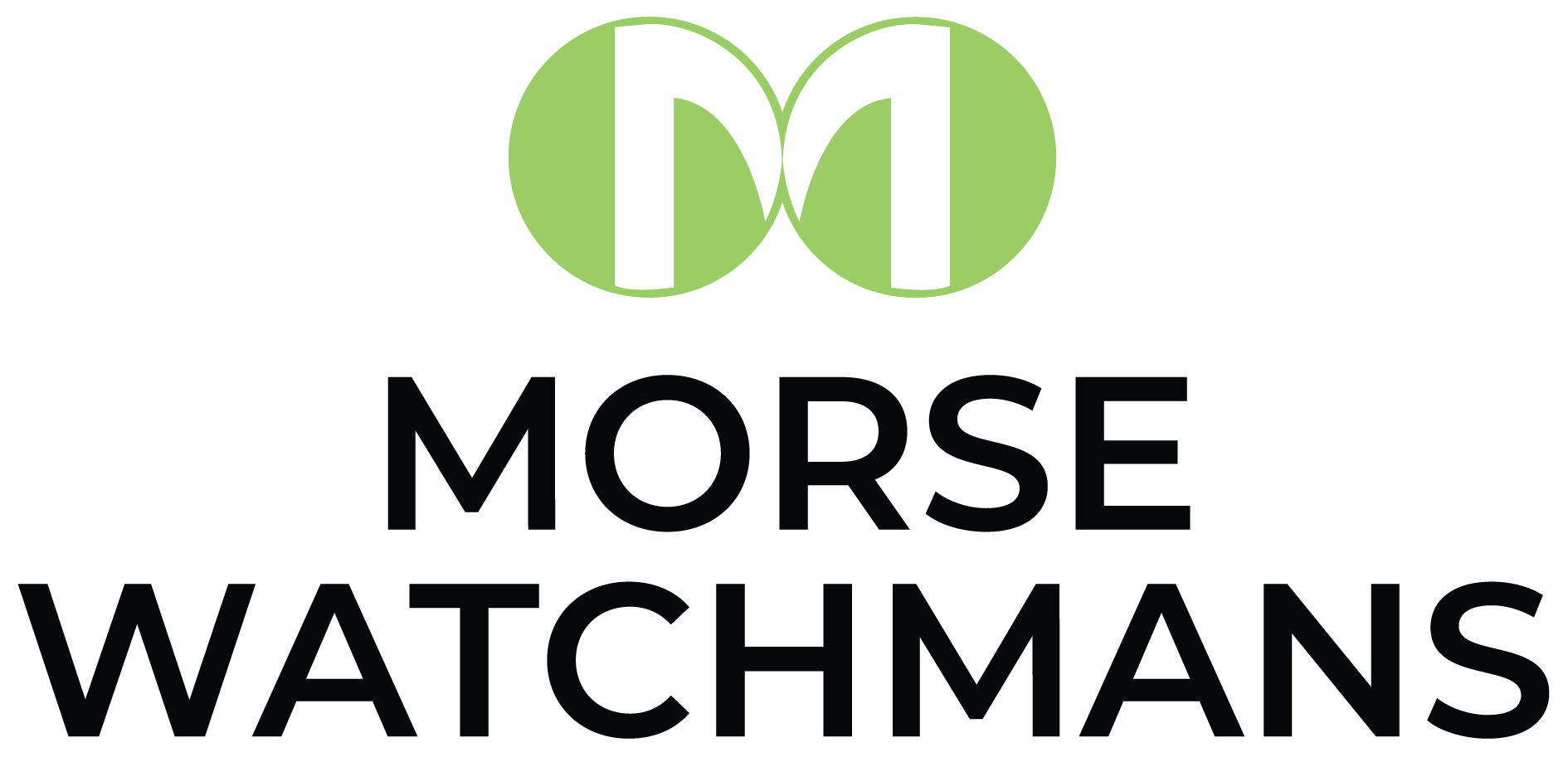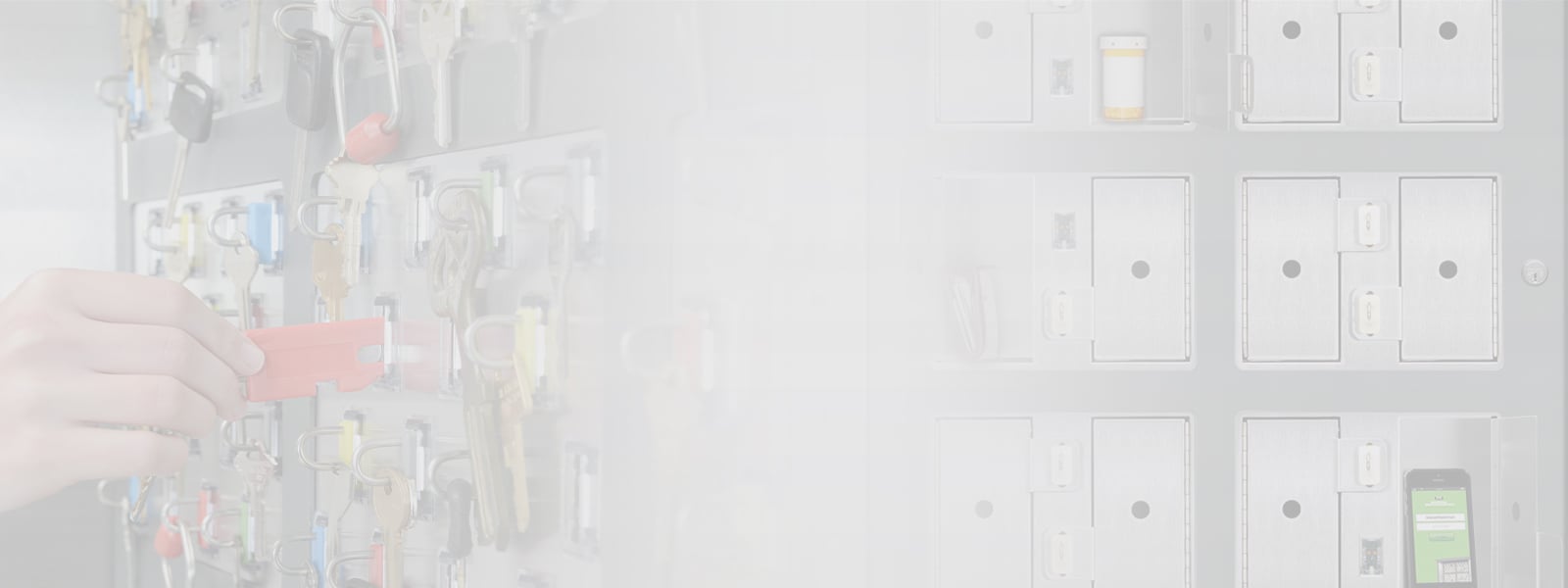
From mobile devices to specialized tools to firearms, it’s important to protect the assets your business uses every day.
Beyond financial loss from theft, there are many risks presented by unsecured assets. Mobile devices are a threat to cybersecurity as they can be used by hackers to break into a network. Firearms present an obvious danger. Stolen or misused items can expose the organization and stakeholders to business and personal liability.
Here are five best practices for asset management to help you protect your organization from risk:
1. Use a networked asset control system
An automated, electronic asset control system stores, secures, tracks and accounts for every asset individually. Individual access permission is required to open any locker; each time a locker is opened, the system logs the identity of the person, the time, any relevant notes entered into the system and the asset removed.
Integrating the asset management system with other business systems enables additional operational intelligence and capabilities. You can automatically terminate authority to remove assets when an individual leaves the company, for example, or initiate a lockdown if a weapon is not returned to the cabinet when it is due.
2. Configure your system to suit your needs
Give some consideration to how the system will be used and who needs to have the authority to access which assets. You can then configure your cabinets so that they provide the most convenience and security for your organization.
Some of the possibilities may include individual ownership of lockers, whereby each locker in the system is assigned to one individual or a specified group; temporary ownership, with availability on a first-come-first-served basis; and specific shared assets assigned to specific lockers.
3. Choose a system that uses RFID tagging
RFID technology lets you tag individual items so that they can be identified and tracked electronically, making each asset an identifiable data point. This way, the system always knows which assets are in use and which are locked away safely.
The use of RFID tagging also helps you get a better view of device usage, as you can audit by device or by user. You can also require items to be placed in a specified locker, or restrict access to specific devices based on user, time or other criteria.
4. Consider security levels
With an asset management system you can customize access permission levels by cabinet, by user or by asset. There are numerous types of access requirements available, including keypads for pin numbers, scanners for ID cards, prox devices and biometrics.
For some industries, two-person authentication is a compliance requirement. You can also create alerts for each time a specific asset such as a weapon is removed, along with information about the person who removed it.
5. Include USB charging for mobile devices
Today there is a constant need to charge mobile devices. Using an asset management system with USB charging gives employees, contractors and visitors a secure place to charge theirs without fear of the devices being stolen.
Conversely, anytime a device must be stored – for example, for company-owned devices that are used only during the workday and secured at night – having the option to charge it as well is a tremendous benefit.
If your organization has small assets – and virtually every one does – asset management is essential to minimize risk. Not only will following these best practices help maintain the safety and security of the items themselves, but also it will help lower your entire risk profile.




